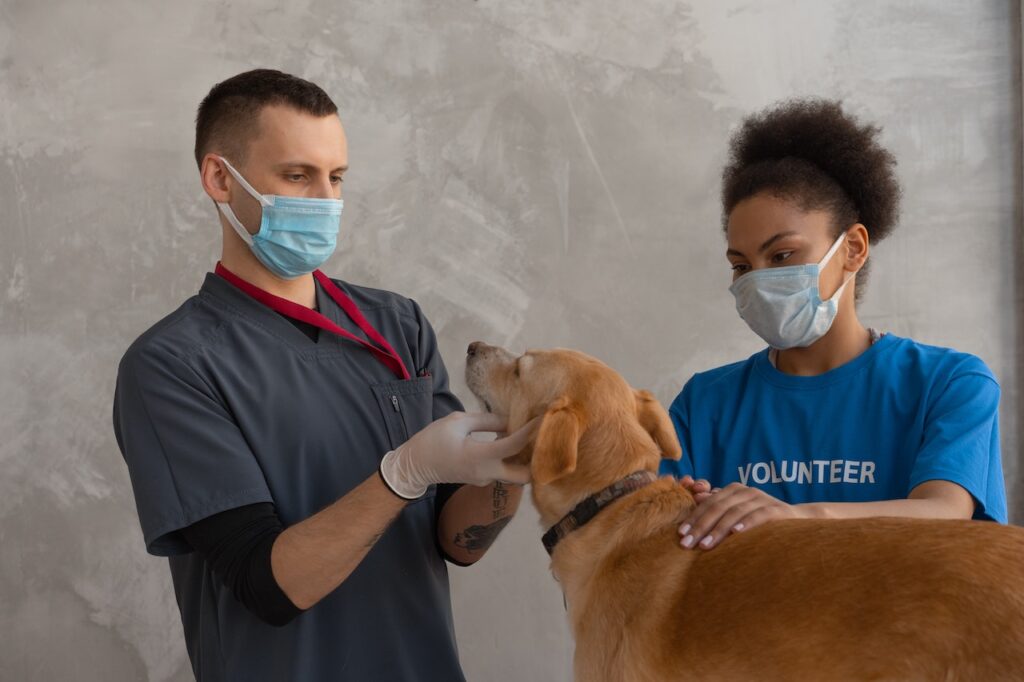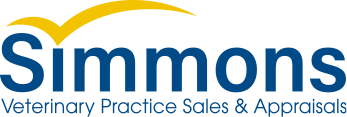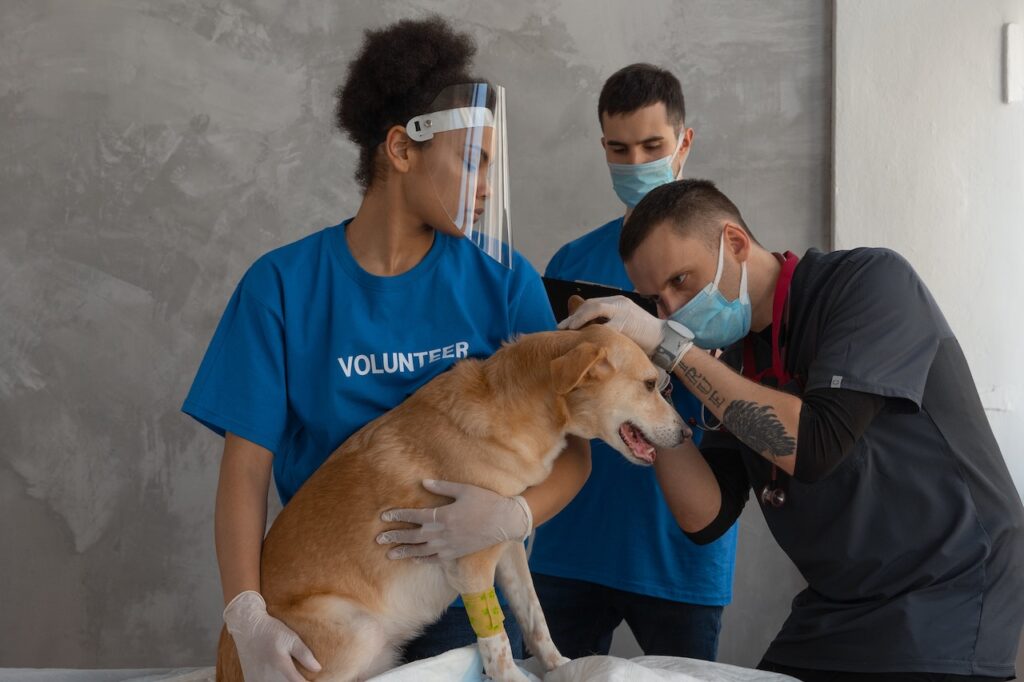By: Casey Dubbs, Sherry Everhart, BS, RVT, and David McCormick, MS, CVA
“Not finance. Not strategy. Not technology. It is teamwork that remains the ultimate competitive advantage, both because it is so powerful and so rare.” – Patrick Lencioni
Most practice owners want to have a cohesive, efficient, motivated team. It’s essential to practice growth, and it plays a significant role in containing staff costs. However, achieving such a team seems to be one of the most challenging and often elusive undertakings. Working together as a team requires continual effort and commitment from every staff member, from the front lines of the reception desk right down to the janitorial staff. Successful team solutions start with building trusting relationships, ensuring each team member feels valued and important, having successful communication throughout the practice, and making sure that your team is motivated to always strive to reach new heights in providing quality services to patients. Here, we offer insights into each of these areas.
1. Build Trust
It’s crucial to cultivate trusting relationships between management and the team and between the team members. Distrust can destroy a team, and there are typically three primary causes. The first is when team members perceive a superior opinion of themselves or another. The second is gossip, which is challenging to keep in check. And while the third, dishonesty, seems a no-brainer, it’s not usually blatant dishonesty that gets teams in trouble but rather a compilation of smaller things – a forgotten promise, setting elusive goals, a miscommunication, or a rumor allowed to go unchecked.
Below are some essential but straightforward veterinary team solutions that owners and managers can use to enhance trusting relationships within their practice.
Model Honesty and Integrity
Be truthful, be consistent, practice what you preach, keep promises, and when you make a mistake, own up to it. Only discuss issues with the relevant individual. . It’s sometimes tempting to seek out another staff member’s opinions for support when you’re frustrated with another’s actions but resist doing so. This not only involves them in something that is not their business, but it also risks damaging the relationship between coworkers by pointing out perceived failings. Finally, actively discourage inappropriate conversations concerning clients or coworkers by redirecting the focus on the subject’s positive attributes. If a co-worker or client can’t overhear it without a negative connotation, it shouldn’t be said in the workplace.
Extend Trust
Always assume the best about your staff and their intentions and encourage co-workers to do as well. Choose to focus on their positive behavior and only address the negative when it directly conflicts with the practice’s vision and core values. Get to know team members on a personal level, not just professionally. Employees are more willing to go that extra step when they perceive that management cares as much about their success as individuals as the practice’s accomplishments.
Practice Humility
Recognize that leadership is a role within the team, not separate. Rarely does a truly successful leader “act” like a leader. Authentic leadership opens possibilities for all involved, as leaders look outward to others’ wants and needs in determining the group’s best path forward.
Be Fair
Equal rules should apply, work tasks should be fairly assigned, and each employee should be held equally accountable. How fairly an employer treats their workers is a big deal for most employees, and a team can quickly become demoralized when it’s perceived that there are ‘favorites.’ Pitch in when necessary and actively watch for opportunities to demonstrate that no single individual is above another when there is work to be completed. Set realistic and attainable goals for your veterinary team and reward staff when they accomplish these goals.
Value the Employees
The more you can make team members feel good about themselves and their role in the practice, the better they will perform.

Encourage an Open-door Policy
Ensure your door is open to team members to communicate, give feedback, and discuss important matters. Show that you respect their input by being sensitive to their ideas and thoughts and carefully considering them.
Build Team Diversity
Many managers tend to hire for personalities like their own, hoping it will result in a more compatible environment. Ideally, a manager should hire for diversity in personality and skills. Diverse teams tend to be more creative in problem-solving, and a more considerable breadth of skills improves the team’s potential for growth.
It’s also important for each team member to feel that they offer a unique contribution. The focus is often on what the team member isn’t contributing instead of what they are contributing. Be mindful of each team member’s strength, what they enjoy, and what they take pride in doing. Encourage team members to recognize and understand their uniqueness and that of others.
Recognize Accomplishments
Continually watch for opportunities for team members to experience success – and then celebrate it. Where possible, give employees a chance to operate to their strengths to enhance their chances for success.
Communicate, Communicate, Communicate
When team communication is strong, it raises the team’s opportunities to openly share good ideas and best practices. Managers must have an awareness of the signs of poor communication with employees. A few ineffective communication signs include incomplete work, slow progress toward goals, and excessive time spent discussing strategies rather than implementing them. Find what communication methods work best in your practice and be mindful that this can change as the team evolves.
Frequent and Meaningful Team Meetings
Many managers avoid team meetings as they perceive them as gripe sessions. However, strategizing as a team allows for greater ownership of the veterinary practice’s vision and goals. Prepare and post an agenda ahead of time with concise topics to be addressed to ensure the meeting time is well-spent. This allows the team to organize their thoughts ahead of time and contribute meaningful observations and suggestions. Unless there is a real emergent issue, stay on topic.
Asking for Help
Set the expectation that your team members have the responsibility to ask for help when needed. There’s often distress in the clinic due to someone being upset that the other staff members didn’t offer help when they needed it. When questioned, “Did you ask for help?” they often respond, “No, they should have been able to see/hear that I needed help.” To help the team members that aren’t comfortable or confident in asking for help or who wait until they’re angry before asking, you might incorporate exercises into staff meetings such as role-playing to help with these situations.
Clearly Define Roles
Research shows that productivity is best when team members have clear expectations of each role they are to play. These roles are not “receptionist versus technician versus doctor” roles but rather more specific functions within each department – surgery tech, appointment tech, phone support, client support, etc. Without such clarity, team members are likely to waste energy negotiating roles or protecting turf, rather than focusing on the task. With clearly defined roles, employees can work independently and with more efficiency.
Communication and Learning Styles
We all have preferred methods of communication and learning. Improve individual accountability by giving team members a voice in how they prefer you to communicate important updates, changes, etc. The usual methods of email, text, and memos are acceptable but consider exploring newer technologies such as a virtual community board, OneNote, or the When to Work app as other possibilities.
2. Manage Conflict
When owners and managers complain about the difficulty of managing employees, they’re often talking about managing conflict. When not handled properly, conflict alienates team members and inhibits work quality and productivity. However, when well managed, conflict can also lead to tremendous growth, but the key is to have an effective and consistent approach that encourages constructive dissent.
The first step in managing conflict is quickly identifying and acknowledging that a conflict exists. Sometimes you have to weed through emotions before the true nature of the conflict is revealed. When hot, it is okay to take a moment to step away from it and reconvene with clearer thinking.
Clarify the positions and make sure opposing views and the support for those views, is clearly defined. Then look for common ground. Management must stay objective during any discussion even if they think one side is right. Their role is to control the discussion, ensuring that it is respectful and solution-oriented versus an assignment of blame.
The best outcome is one of collaboration. Put all the solutions on the table. When the entire team is involved in the conflict, it may be helpful to have an anonymous ‘pot’ for submitting their solutions. Discuss the impact of the conflict and the potential solutions on the team and its effectiveness. Does one of the solutions align more closely with the practice’s mission or vision? The best way for the team to take ownership of the solution is when there is an eventual consensus.
3. Bring Energy
If you aren’t excited about the journey ahead, how on earth will you excite those around you? You don’t need to feel like a cheerleader, but management should be present with a spring in their step and a vibe of passion, urgency, desire, energy, and animation. This can be inviting and compelling to the others on your team.
Be supportive of new ideas and provide the encouragement needed to make them a reality. If employees think that everything will be the same way all the time, maximum efforts are quickly reduced to the minimum levels needed to get through the day.
Keeping a team motivated and growing is challenging. However, it is a priority for the well-being of a successful practice. Employees help make the practice vision a reality and having a team rewards everyone – the practice, the team members, the clients, and the pets.
These Vet Practice Teamwork Essentials will Increase Your Practice’s Worth
When it comes time to sell your veterinary practice, having a strong team to transition over to a new owner is a huge selling point for buyers. If you are nearing retirement and looking to find out how much your practice is worth Simmons offers veterinary practice appraisals. We also have an expert team of advisors that can help you find the perfect buyer that will appreciate the work you put into building a great team at your practice!
Casey, Sherry, and David are the team members of Simmons Mid-Atlantic, a veterinary practice appraisal and brokerage firm. They can be reached at email or 888.881.7084.



